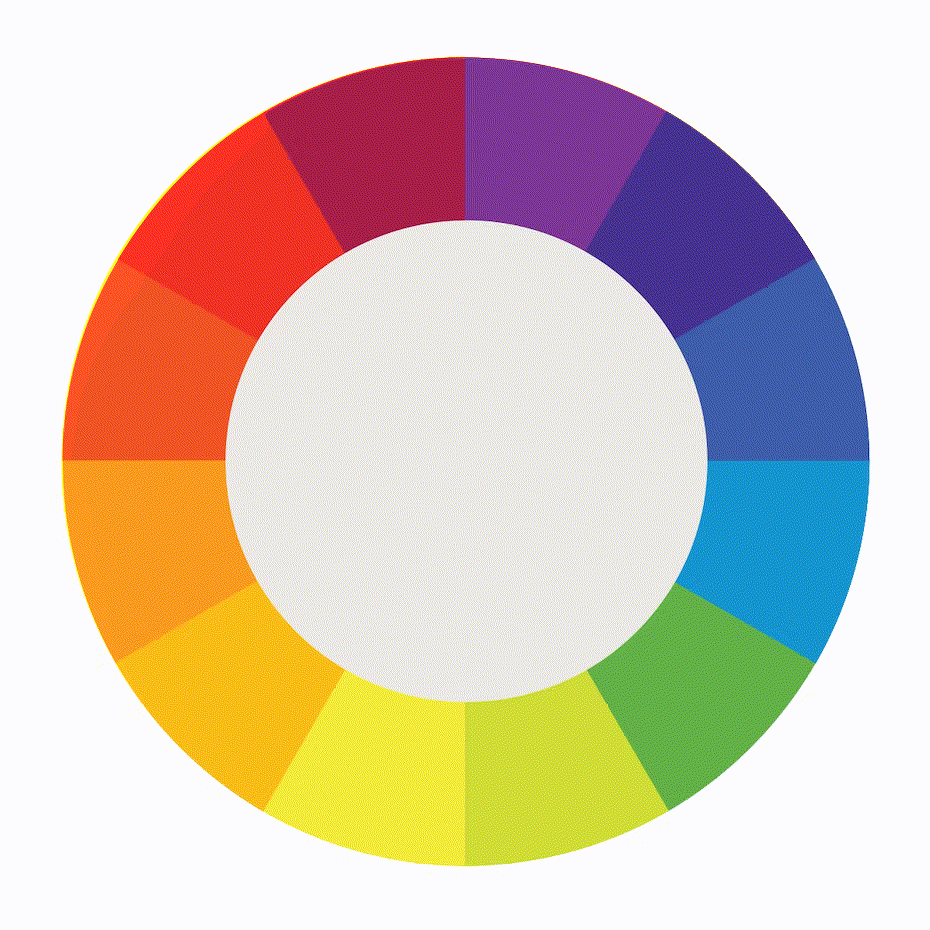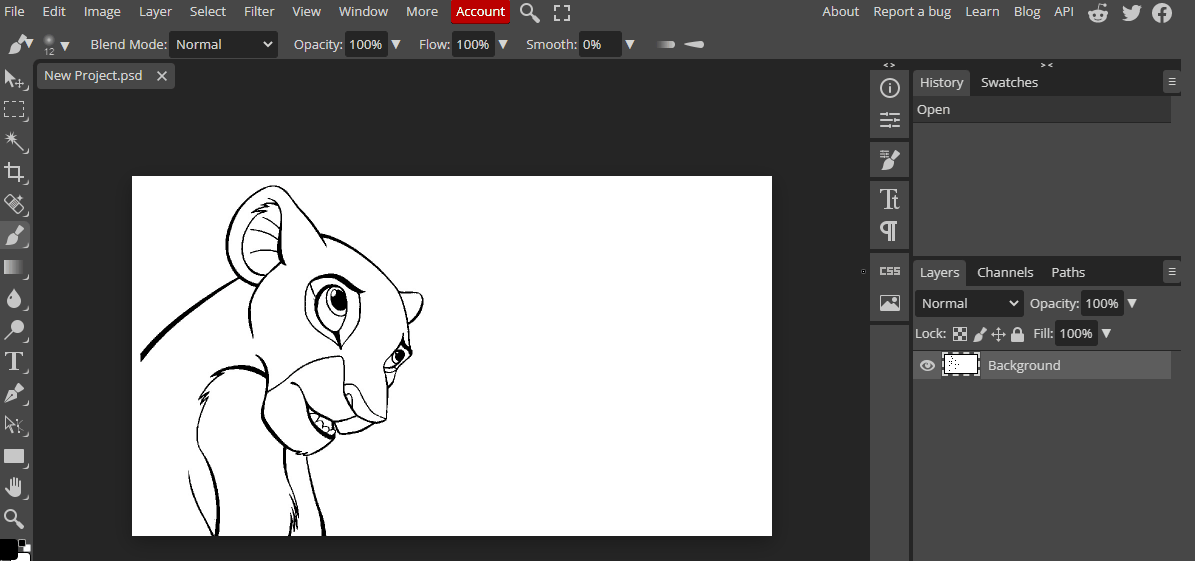Introduction to Color Theory
In this lesson, you will be introduced to the fundamental principles of color theory and learn how to apply them to digital art. The lesson will cover topics such as the color wheel, hue, saturation, brightness, and contrast.






